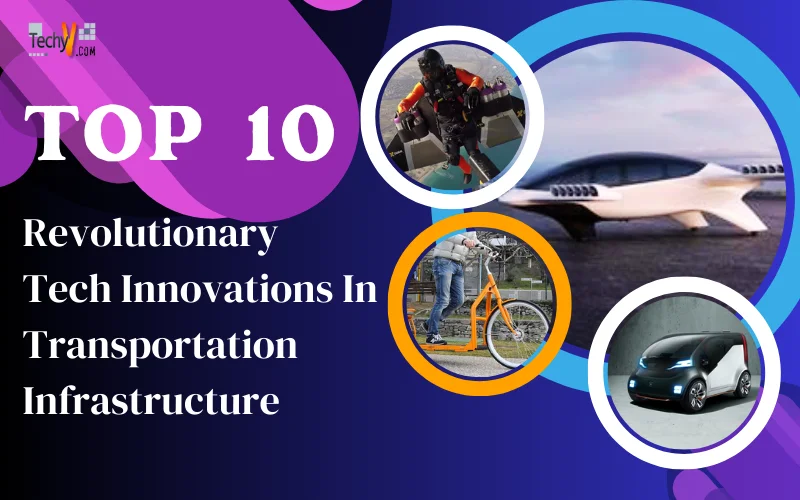The development of mobility over time has led to where we are now, where we can travel around the world in less than two days, cross the English Channel by rail using underwater tunnels, and look beyond the boundary of our solar system from a spacecraft. Naturally, the human foot served as the initial mode of transportation at the beginning of it all. It can appear like we already live in a futuristic world with this rate of invention. We drive vehicles that can fly or dive, as well as vehicles that we don’t even need to operate. People may provide the most recent information regarding the state of the roads anywhere in the globe with the use of smartphone applications like Waze. What advancement in transport is on the horizon that will surpass even the wildest predictions?
1. Lilium
The Lilium Jet, often referred to as the “flying car” by some, is the first vertical takeoff and landing all-electric jet in history. It allows for five times the speed of a car and can accommodate up to five passengers. It is not a flying vehicle by definition because it does not have a mode for driving on the road. The promises Lilium makes for their vehicle are truly astounding, with a top speed of around 186 miles per hour and a range of 186 miles on a single charge.
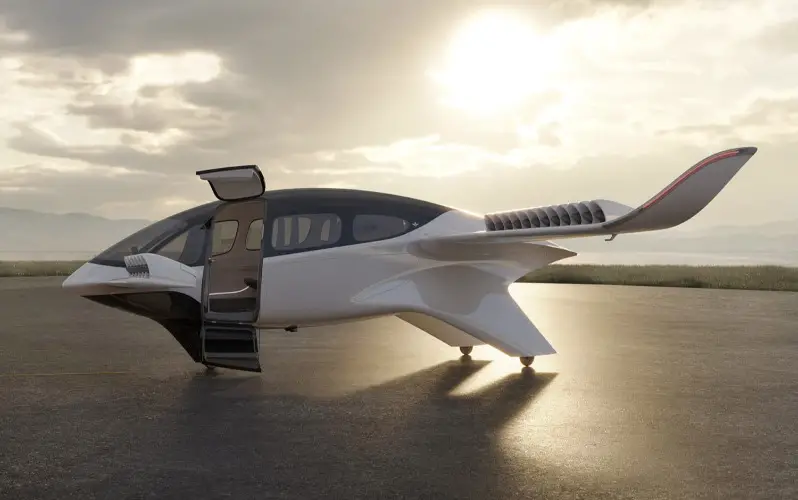
2. Lopifit
The electric walking bike, or scooter-like device, was created by Lopifit and is the first of its type in the world. The concept of having treadmills outside served as its inspiration. Because casual walking lacks pace, adding wheels to treadmills gave walkers a faster alternative. With six gears and a Quantum Motor, this Lopifit bike boasts a 34-mile range on a single charge. The Lopifit bike is a novel and unique form of transportation and exercise. A 350W Samsung lithium-Ion battery powers the bike, which rotates the treadmill as the user walks.
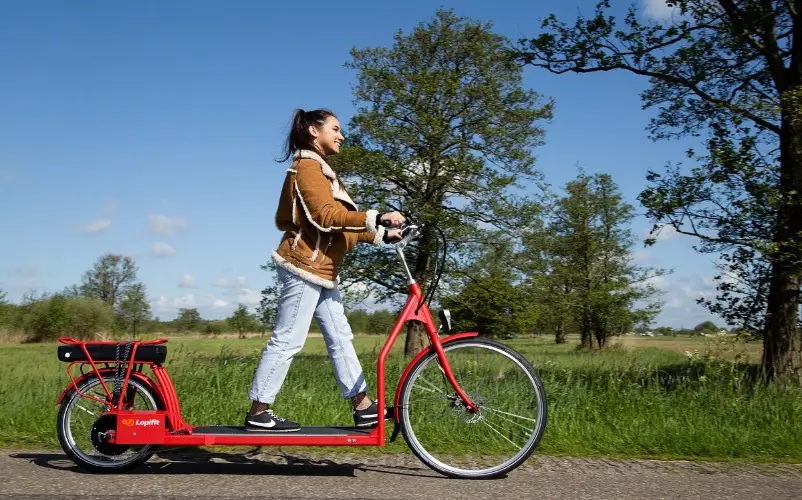
3. HANA At Honda Neuv
It is referred to as “Honda’s Automated Network Assistant.” A little electric concept automobile called the Honda NeuV has emotional intelligence or HANA. Using HANA, the vehicle may be able to understand the driver’s feelings and moods and, in addition to aiding in driving decisions, may suggest media or other types of entertainment.
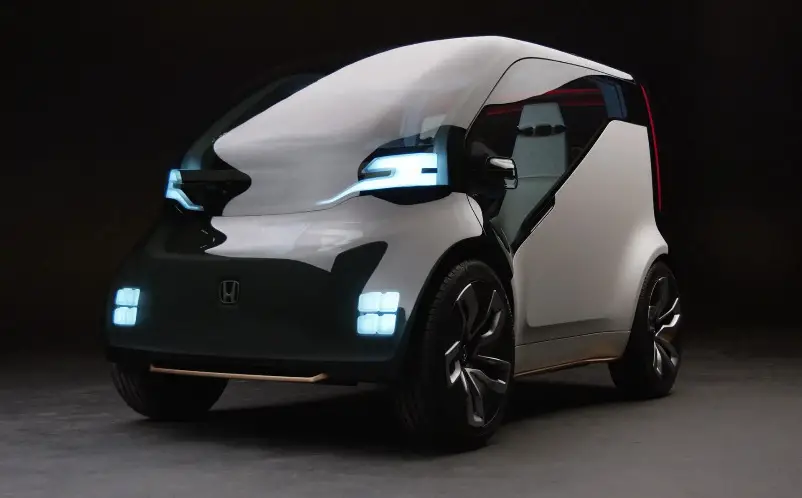
4. Hyperloop
The five different modes of transport, in addition to the intermodal option, are well known. The Hyperloop is a revolutionary kind of transportation that the world is currently preparing for. Hyperloop One aspires to transfer people and stuff at airplane speeds for the price of a bus ticket in a future where time is more valuable than ever before (passengers might travel in magnetically levitating pods at speeds of more than 700 mph). This sort of thinking is necessary, as evidenced by the rapid expansion. Through these magnetic tubes, Hyperloop One wants to connect 80% of the United States.
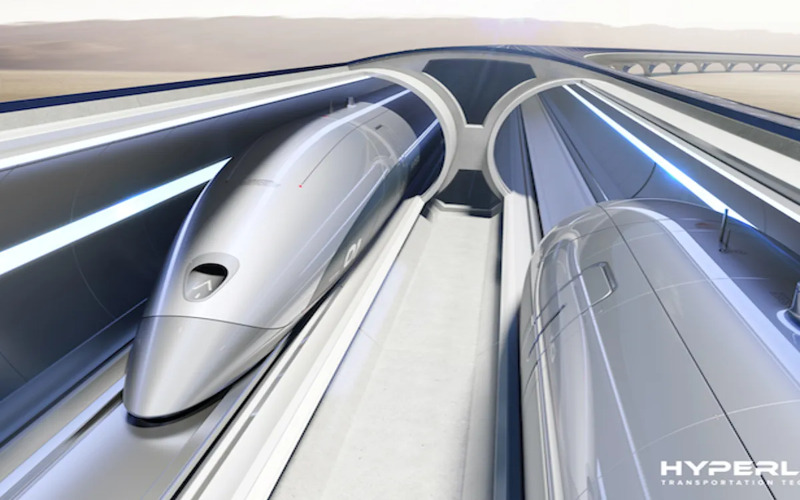
5. Jetman
Users of Jetman’s Jetpack Rocket Wing Suits may soar up to 4,000 feet (1,2 km), which may seem modest for a passenger plane but is a lofty height for a man carrying a rocket on his back. The configuration was designed to lessen the risks to the wing pilots during the whole development phase. There are no mechanized wings and it has two jet engines. Its weight of 55 kg (with a tank weighing around 24 kg and holding 30 litres of kerosene) and 2-meter wingspan make it reasonably simple for pilots to control the Jetpack at speeds of up to 300 km/h. Jetpacks used up a full tank of gasoline in 10 minutes. There are three Jet Man parachute in the security system.
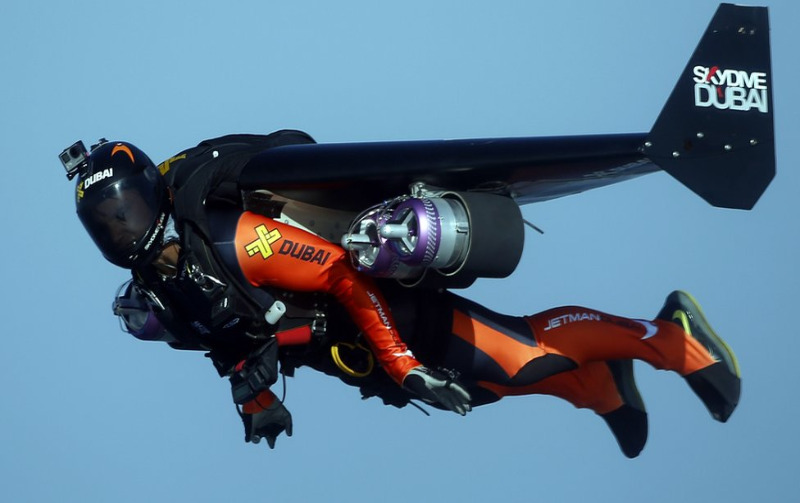
6. SCMaglev
As the “ground transportation of the future,” Maglev trains don’t touch the ground. There are no wheels on the train. It reached the 600 km/h barrier. Unlike traditional railway systems, the SCMAGLEV accelerates and decelerates by magnetic force produced between the onboard superconducting magnets and ground coils instead of adhesion between wheel and rail.
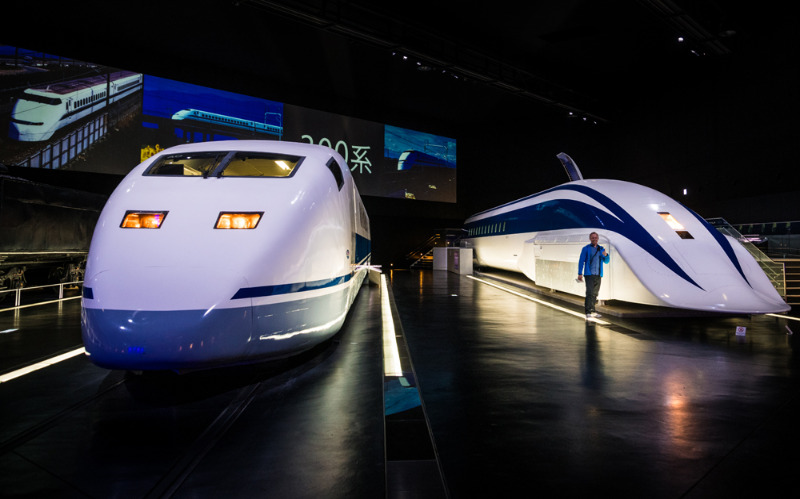
7. Moovel Group
A firm that improves urban mobility is Moovel Group. A product in the Moovel Transit line called The Trip Tap is an app that shows real-time trip possibilities. Users are alerted of immediate possibilities in their neighborhood, including buses, Uber, and bike-sharing programs. Users may filter options based on whether they want the quickest or least expensive alternative. The software shows the user the fastest route they should take.

8. Solar-powered trains
Soon, we’ll be able to ride on solar-powered trains. Solar panels are being directly connected to the wires that power British trains by a team under the direction of Imperial College London. Connecting solar panels directly to the power lines that power trains is a creative and wholly original idea. Bypassing the electrical grid, the panels will be able to supply power exactly when it is most required. It is a component of the ‘Renewable Traction Power project’, which is supported by Innovate UK’s Energy Game Changers initiative. This off-grid approach may start a revolution in environmentally friendly public travel.
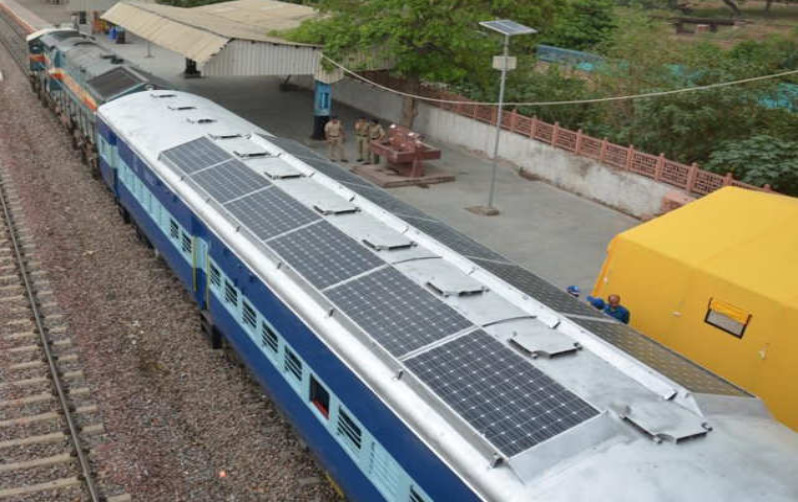
9. Rinspeed
The scuba is the first truly submersible vehicle ever built. The electric, zero-emission sQuba is propelled by rechargeable lithium-ion batteries. Three electric motors are employed—one for land transport and two for water transit. Twin electric-powered propellers and two Seabob water jets enable it to submerge to a depth of 10 meters (33 ft). It is made to move like a submarine underwater.
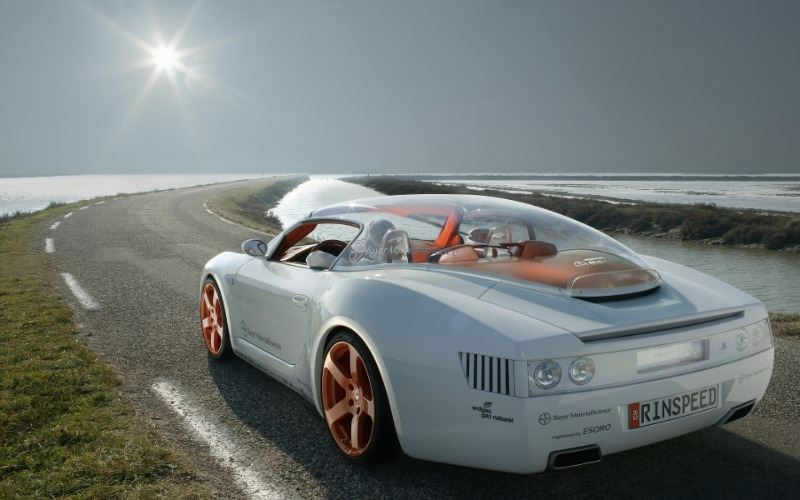
10. Waze
This open-source programme allows users to automatically enter their actual driving hours as well as details about accidents or other diversions. It also provides free turn-by-turn directions and gas prices. Drivers are alerted in advance of approaching the police, accidents, hazardous road conditions, or traffic jams; other vehicles exchange this information in real-time.




